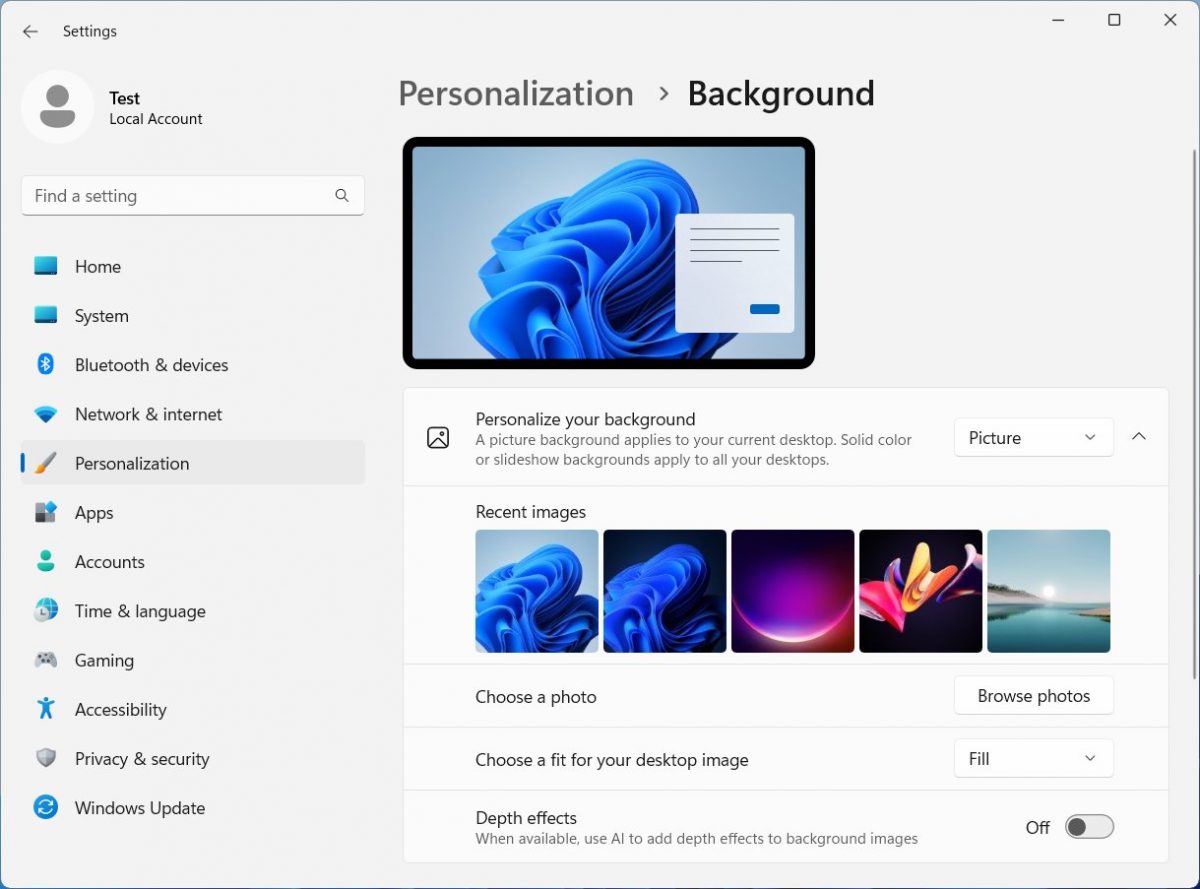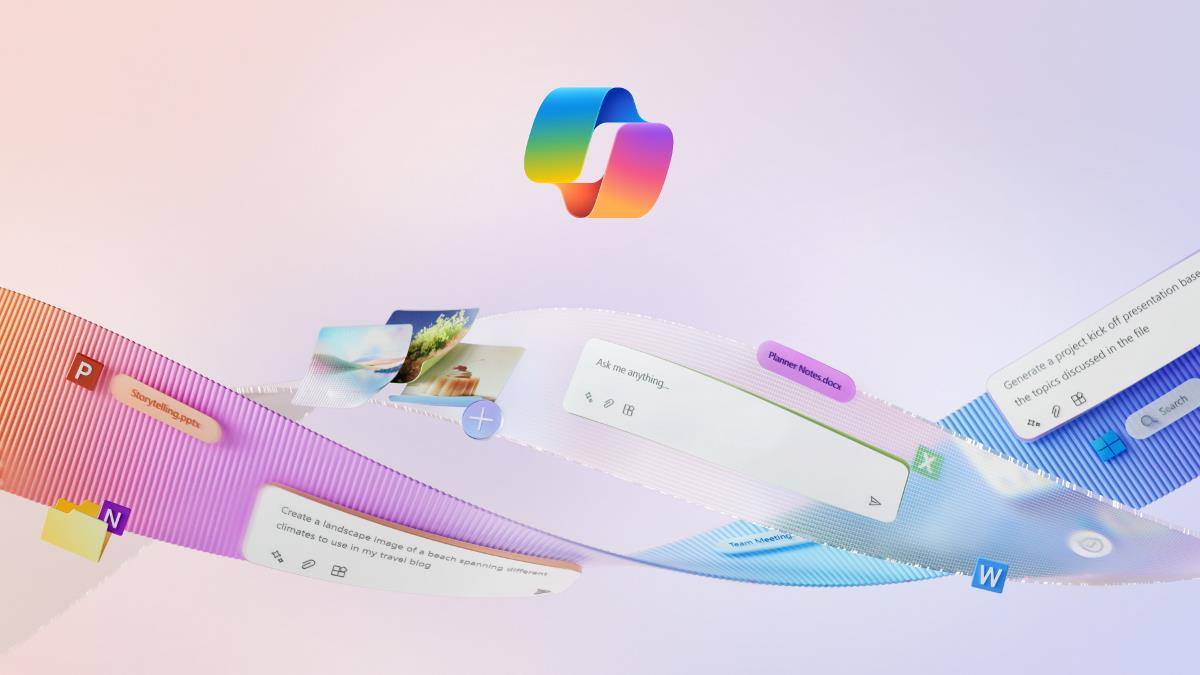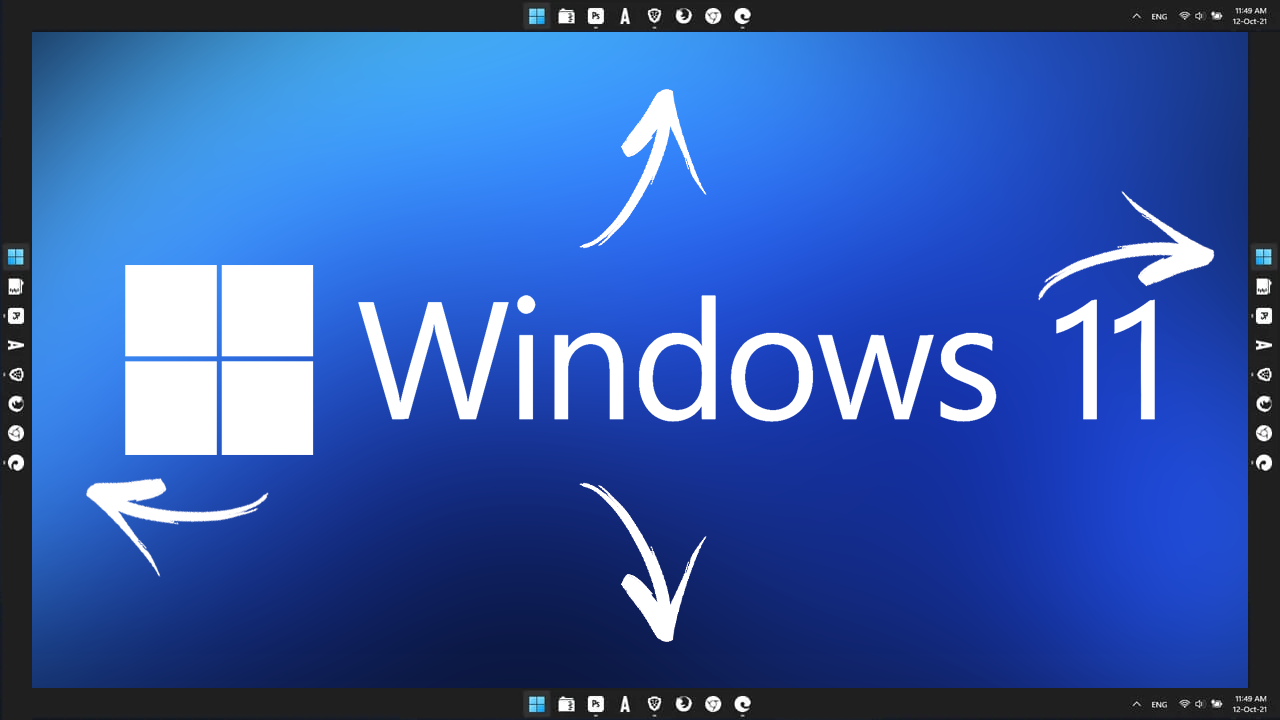Parallax Depth Effects powered by AI are coming to Windows


Eagle-eyed Windows testers have discovered a new feature in the latest Windows 11 Insider Build. Called depth effects, it is designed to add a parallax effect to background images using AI.
Windows users who have played computer, arcade or console games in the 80s and 90s may remember parallax scrolling. A technique used by plenty of games to add depth to a 2D scene. Back then, 2D was state of the art, but scenes could look a bit stale at times. Parallax scrolling added depths and interesting graphical effects to games.
A basic example of parallax scrolling is a jump and run game that has several additional scrolling layers in the back that display clouds and vegetation. The game scrolls these layers in different speeds, which gives it a depth effect that it might not have otherwise.
The rise of 3D and increasing computing powers made parallax scrolling less relevant, but it is still used by games up to this date.
Windows 11 Depth Effect backgrounds
Notorious Windows user Albacore published a screenshot of the feature on their Twitter account. The screenshot shows the Background page of the Personalization section in the Settings.

Most of the options are identical to the ones of the current stable version of Windows 11. The new Depth effects feature is listed there and set to off.
The short description attached to it says "When available, use AI to add depth effects to background images". Microsoft does not reveal specifics other than that. It is unclear if specific hardware or software is required, or if the "when available" refers to specific types of background images.
Twitter user PhantomOcean3 found strings in the Windows Insider build that contained the same description, but also the term "Parallax Background".
Parallax effects may add depths to backgrounds, but animation is unlikely, as Microsoft makes no mention of Parallax Scrolling.
The reference of AI in the description suggests that images need to be processed somehow to get the depth effect on the Windows desktop.
Windows users have other options at their disposal to improve their wallpapers and backgrounds. The free and open source Lively Wallpaper app, for instance, adds support for a wide variety of animated wallpapers.
Windows users may use it to play videos as desktop backgrounds but also websites, 3D applications or audio visualizers. It is a well-designed application that supports multiple monitors and lots of resolutions and aspect ratios.
Closing Words
Windows 11 users who have no use for the feature may turn if off at any time. It is not clear whether it will be activated automatically, or if users need to enable it manually before it becomes active. The latter appears to be the likely scenario.
Now You: would you enable the depth effects feature?






















If you’ve got a windows tablet the lock screen has motion effect, isn’t that the same thing?
how does this work though? Depth is perceived via motion, of something – what does it do, track your eye/head movements? Your mouse?
So now it will suck in 3-D.
More bloat for Windows users, haha. I’m glad Windows 11 isn’t used by me.
This feature may even be useful; I certainly will try it when available.
Thanks for referencing the Lively Wallpaper app; current version 2.0.6.1 is outstanding.
Is this just another bit of marketing garbage people will complain about when it is removed from Windows 12.